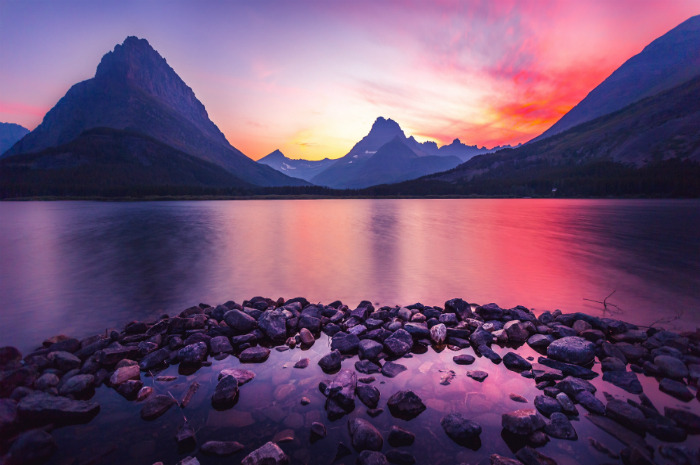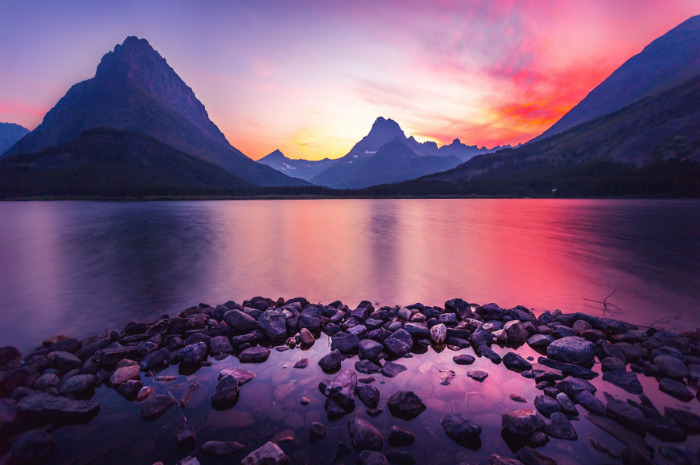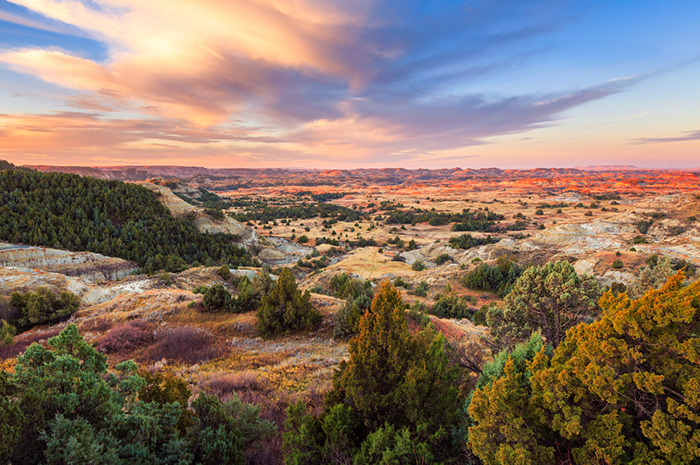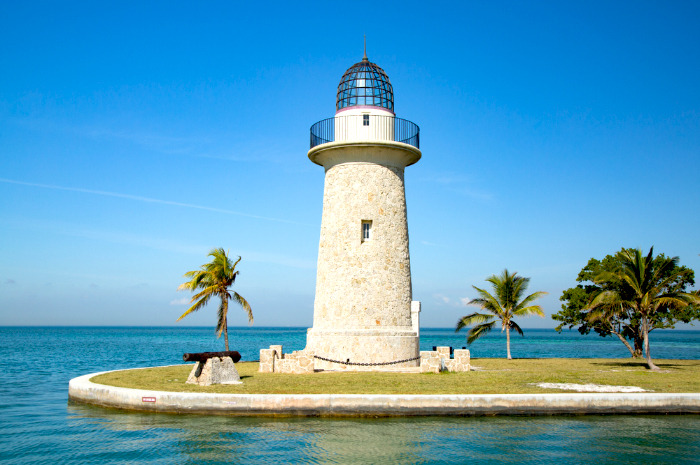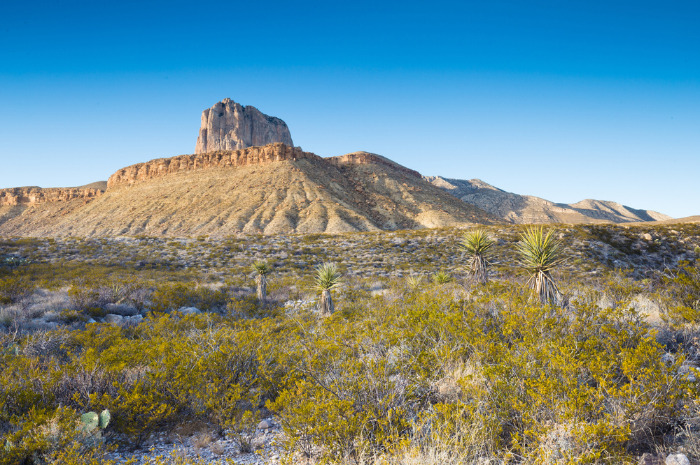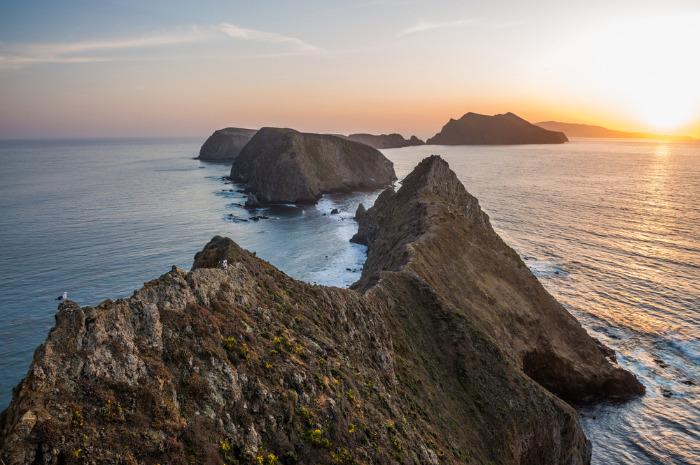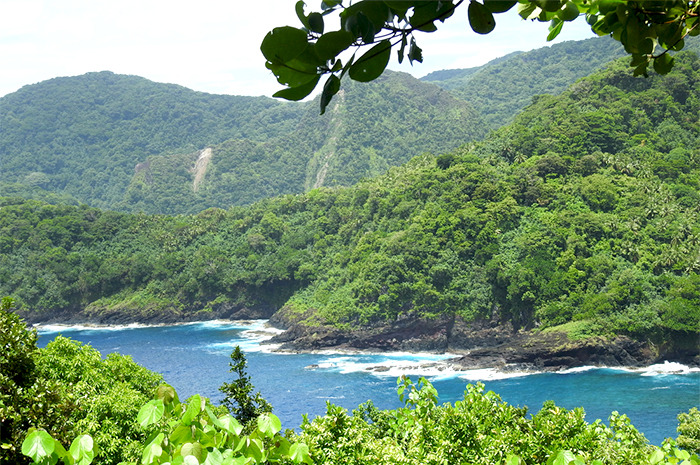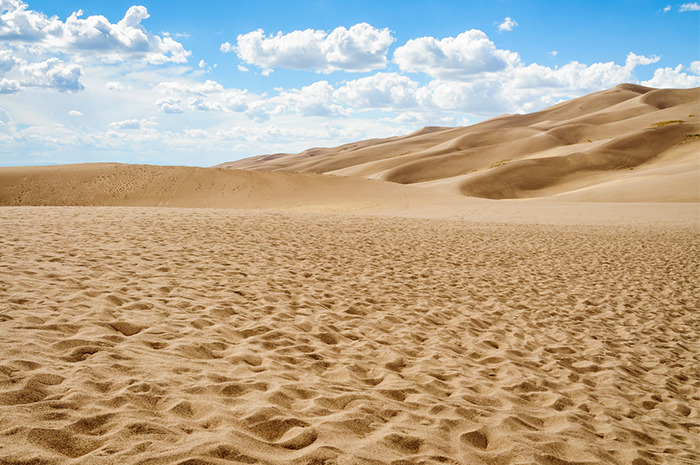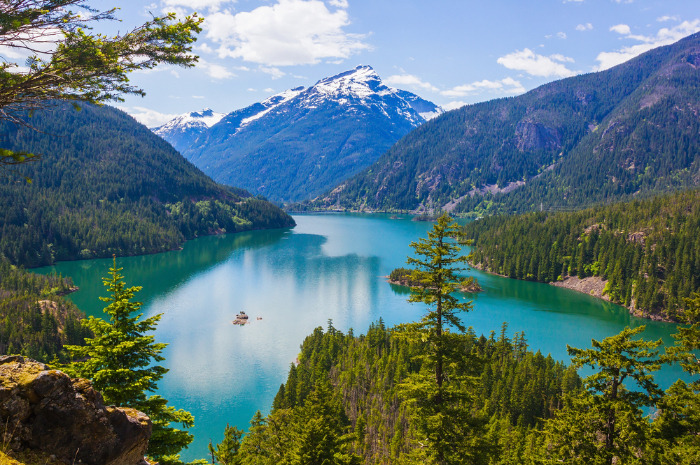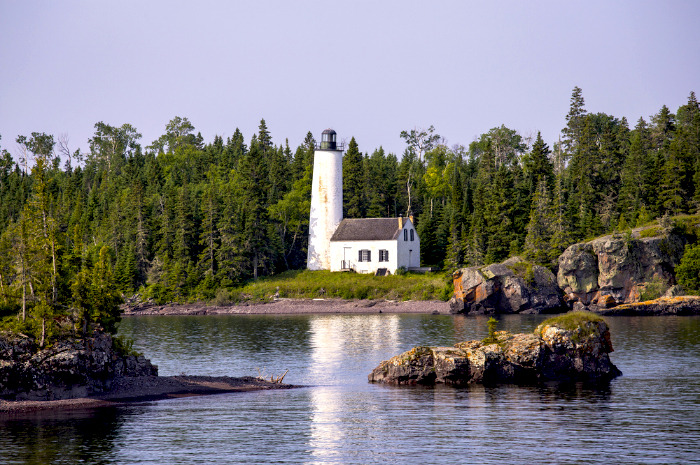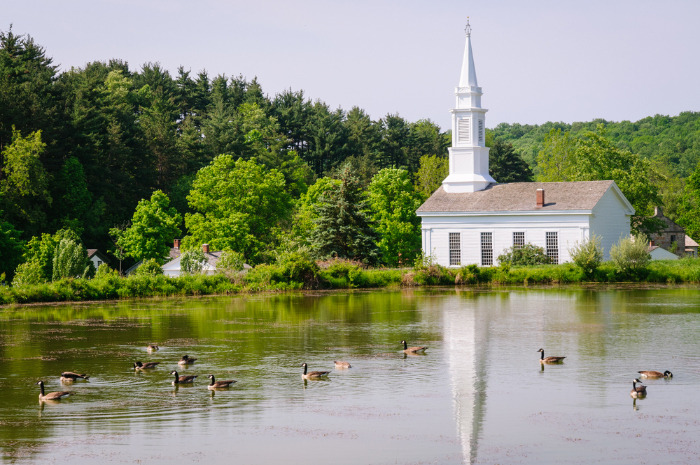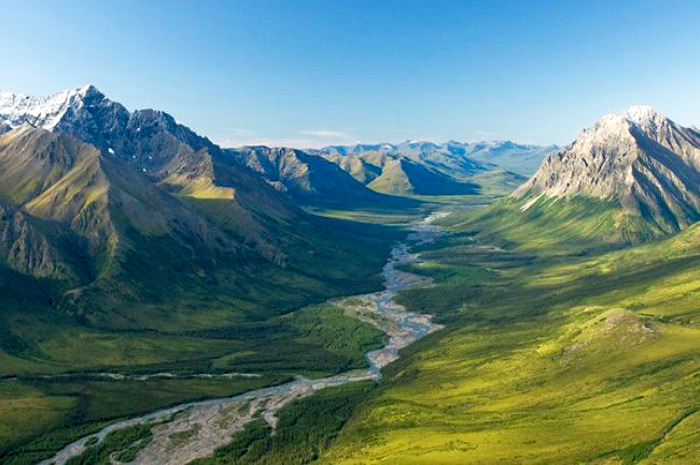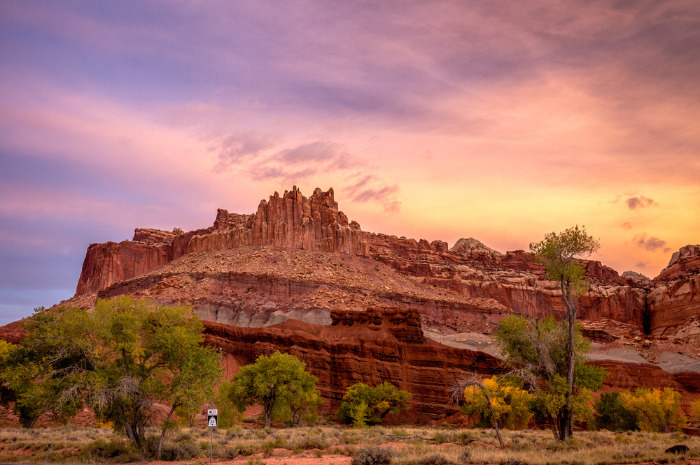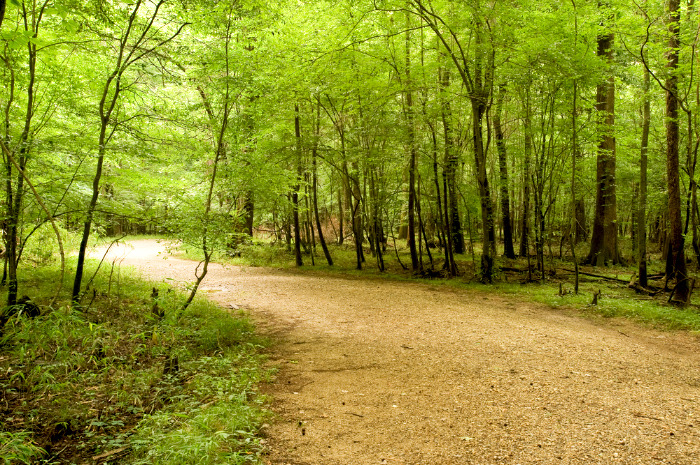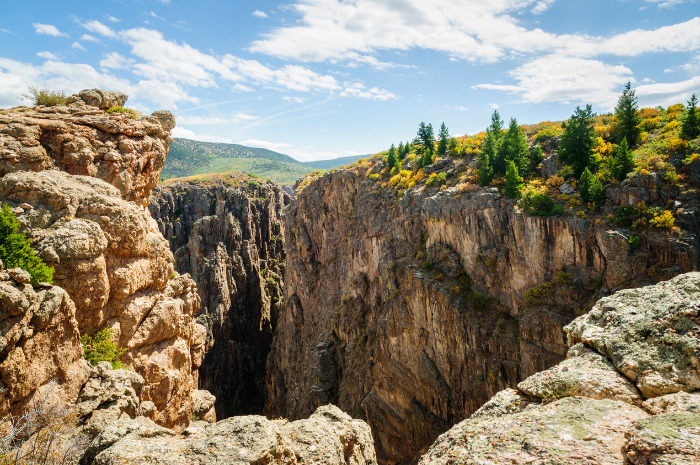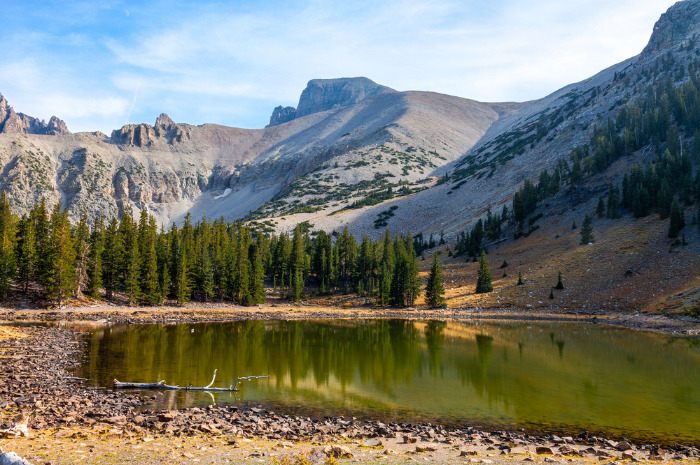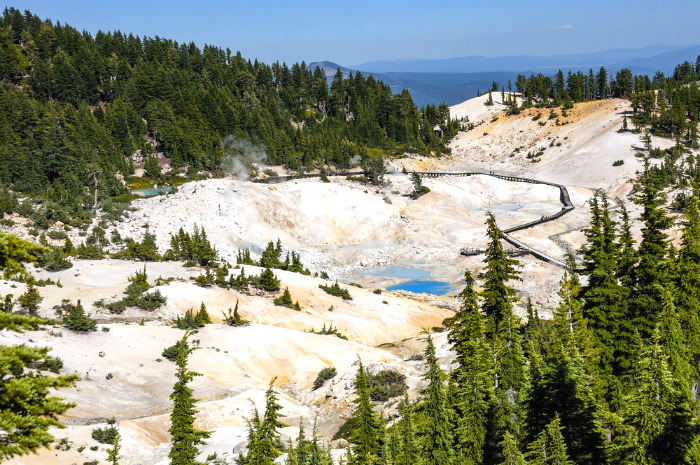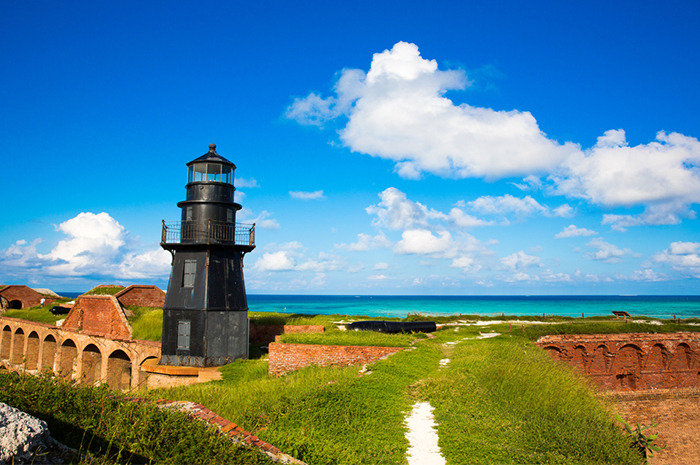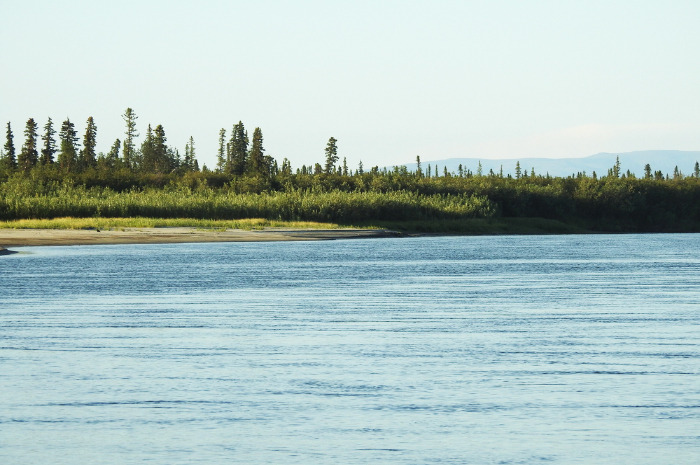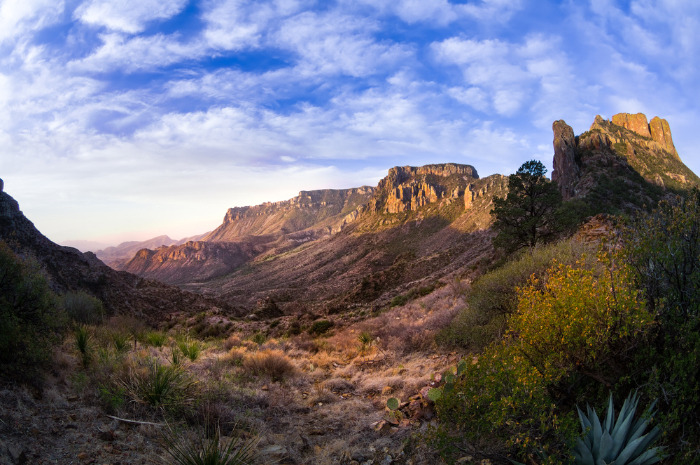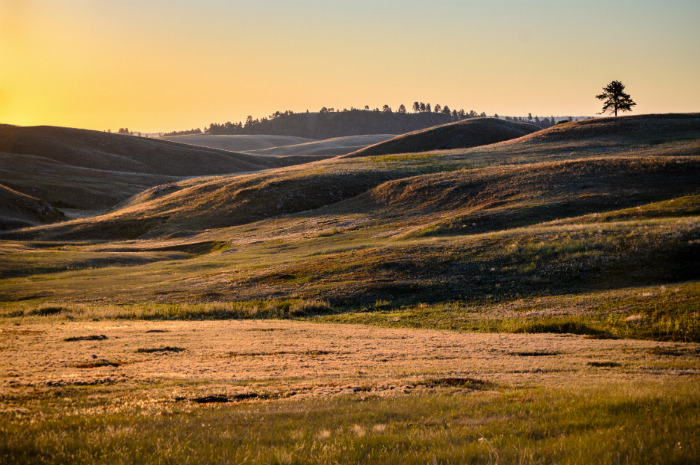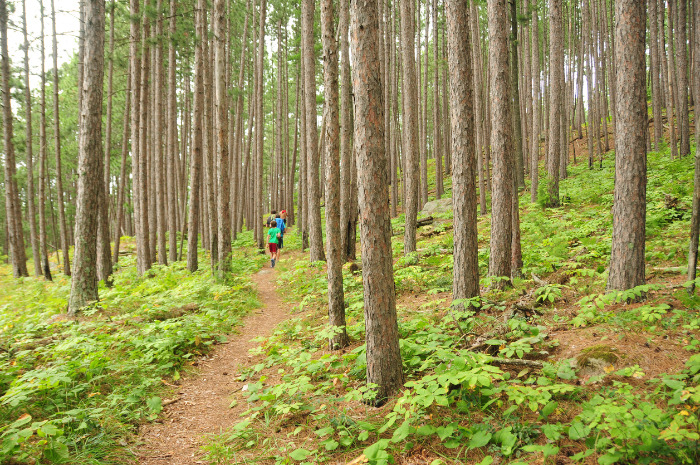The 20 Most Underrated National Parks In The U.S.
The 20 Most Underrated National Parks in the U.S.
Everybody has heard of the Grand Canyon or the Rocky Mountain national parks, and rightfully so. They offer vast wilderness and amazing opportunities for adventure and family fun. But there are more than 55 other national parks that reward visitors with similar experiences.
The fact that they are not as crowded as their popular counterparts is, to many people, a huge bonus. Don't miss out on "America's best idea" while missing out on the annoying crowds. Witness for yourself what majestic beauty really is.
Theodore Roosevelt National Park, North Dakota
The most famous thing people associate with the state is the hit show "Fargo." As is the case with almost anything that has to do with North Dakota, the park is largely overlooked. Visit for a chance to see a combination of flamboyant badlands terrain, riparian habitat along the Little Missouri River, and wildlife both native and not (wild horses and longhorn cattle).
Biscayne National Park, Florida
When people think of Florida and nature they almost always imagine the Everglades. Anyone visiting Miami should visit the park as well. Biscayne is just 5 percent land. You can see evidence of 10,000 years of human history, from shipwrecks. It's the perfect spot for both outdoor adventurers. Biscayne offers plenty of opportunities for visitors to get out in the water or camp overnight.
Guadalupe Mountains National Park, Texas
The park is the world's premier example of a fossil reef from the Permian Era from 265 million years ago, according to NPS. Back then a vast tropical sea covered much of the region. Today, it's a barren desert. Go for the extensive hiking and backpacking opportunities. After all, this hidden gem is Texas one of the country's most pristine wilderness areas. There are just two campgrounds in the park.
Channel Islands National Park, California
You don't need to go to a beach town to have a great time swimming, sunbathing and snorkeling. The five islands off the coast of California that make up Channel Islands National Park are just an hour-long boat ride away. The rugged coastlines and undeveloped beaches typically draw people looking to explore the park's unspoiled nature and beaches.
National Park of American Samoa
This is one of the secret gems of the National Park Service. You don't need a passport to visit this adventure destination. The vibrant reef lies just inches below the surface at Ofu Beach. Not a lot of people go to the only U.S. national park south of the equator. The island park is 2,600 miles southwest of Hawaii, making it one of the most remote national parks in the system. Visitors get to enjoy tropical rainforests, coral reefs, and about 4,000 acres of ocean surrounding the islands.
Great Sand Dunes National Park, Colorado
See and hike the tallest dunes in North America, some as high as 750 feet. Spring is the time to go because the sand doesn't get too hot during the day and sandboarding is an option. There are 19,000 acres of dunes going up 750 feet. Make sure you get on slopes that are at least 20 degrees. In some parts of the park you may come across deer or elk in their natural habitat.
North Cascades National Park, Washington
The park is just about three hours from Seattle. You can find everything there – jagged peaks, abundant forest, alpine lakes, cascading waterfalls, and more than 300 glaciers. Whether you prefer backpacking trips or camping, climbing and fishing, this national park will accommodate you. The unique wilderness is worth the trip.
Isle Royale National Park, Michigan
On the isolated island, which is one reason why it gets fewer visitor than other parks, moose and wolves outnumber humans (some of whom live on the island permanently) and scenic vistas can be found throughout the 207-square-mile island. The remote wilderness is said to be the perfect spot for every outdoor enthusiast, from hikers to kayakers and even scuba divers.
Cuyahoga Valley National Park, Ohio
This is one of the best national parks for biking. The Cuyahoga Valley has four major bicycle trails. Ride along the Ohio & Erie Canal Towpath Trail and Cleveland Metroparks' Bike & Hike Trail, which have a lot of historical landmarks. The park has 95 miles of paths, both single-track and multi-use trails. The park is perhaps the most underrated when it comes to fall foliage. Take the park's scenic railroad or hike more than 120 miles of well-maintained trails.
Gates of the Arctic National Park, Alaska
Gates of the Arctic is the northernmost national park in the U.S. Devoid of roads, campsites and marked trails, this park is a unique wilderness experience. The NPS says visitors should be "PROFICIENT in outdoor survival skills, and be prepared to care for their own life and their partner(s) if an emergency arises." Explore glacier valleys scenic trails and witness the impressive Northern Lights.
Capitol Reef National Park, Utah
Often outshined by Zion, Arches or the Bryce Canyon national parks, Capitol Reef doesn't get as much attention as it should. It's ideal for camping as backcountry, group, remote, primitive or developed camping – all options are available. The park is characterized by sandstone formations, cliffs and canyons, and a 100-mile long bulge in the earth's crust called the Waterpocket Fold.
Congaree National Park, South Carolina
Hike and set up camp among mighty trees, such as giant hardwoods and towering pines, primeval forest landscapes, and diverse plant and animal life up close. The park offers both front and backcountry camping opportunities. The 22,200-acre park protects the largest contiguous tract of old-growth bottomland hardwood forest remaining in the country.
Black Canyon of the Gunnison National Park, Colorado
What attracts visitors can be considered quite dangerous. Black Canyon has some of the steepest cliffs, oldest rock, and craggiest spires in North America. There are no maintained or marked trails into the inner canyon. In the summer, the canyon is notorious for poison ivy, but there are no poisonous snakes.
Great Basin National Park, Nevada
Unless they are going to Las Vegas, most people will skip Nevada all together and head right to the Grand Canyon in Arizona. But they will be wrong, especially if they are into biking, birdwatching, camping, climbing, fishing, hiking, backpacking, horseback riding and/or wildflower viewing. Explore the beautiful marble Lehman Cave and become a citizen scientist.
Lassen Volcanic National Park, California
Lassen National Park is one of few locations on Earth where you can see all four types of volcanoes – plug dome, shield, cinder and cone. While Lassen Peak is the most famous, as well as the dominant feature in the park, there are numerous other (literal) hotspots to explore including mud pots, stinking fumaroles and hot springs. The park is also known for its nighttime activities in the summer. Rangers lead starry night programs.
Dry Tortugas National Park, Florida
Florida is not all about the Everglades. Dry Tortugas National Park is accessible only by boat or seaplane, which may explain why it doesn't get as many visits. The park comprises mostly open water around seven small coral reef islands in the Gulf of Mexico. Lying some 70 miles of open sea west of Key West, 19th century Fort Jefferson is the centerpiece, surrounded by blue waters so you can snorkel with incredible marine life.
Kobuk Valley National Park, Alaska
The 1,750,716-acre Kobuk Valley National Park is set 25 miles north of the Arctic Circle. The park is the definition of remote, adventurous and pure wild. There are no roads, no trails and definitely no gift shops—even the park headquarters and visitor center are located away from the park, but there's plenty to do. Take a boat down the Kobuk River, get a look at the park from the air in a bush plane, or plan an elaborate backcountry trip.
Big Bend National Park, Texas
This national park is easily a biker's favorite. Lightly traveled roads and varied terrain make Big Bend a premier cycling location. There are more than 100 miles of paved roads, and 160 miles of backcountry dirt roads for riders of all types and skills. Also, from desert to mountain environments, the park is home to some of the most spectacular diversity of plants and animals. It is one of the best places for stargazing as it has the least light pollution of any other national park in the lower 48 states, according to NPS.
Wind Cave National Park, South Dakota
The main attractions in the park, which is one of the oldest in the country, include the world's longest and most intricate collection of caves and more than 28,000 acres of mixed-grass prairie, ponderosa pine forest and its accompanying wildlife. Join in on one of the park's "Adventures in Nature," which provides a comprehensive overview of all the park has to offer.
Voyageurs National Park, Minnesota
Believe it or not the park is most accessible in the spring because a third of it is made of water. Explore the area to see some of the oldest exposed rock formations in the world. The topography of the park is rugged and varied; rolling hills are interspersed between bogs, beaver ponds, swamps, islands, small lakes and four large lakes. Consider this park if you're looking for peace of mind, isolated camping and a copious number of water activities.
